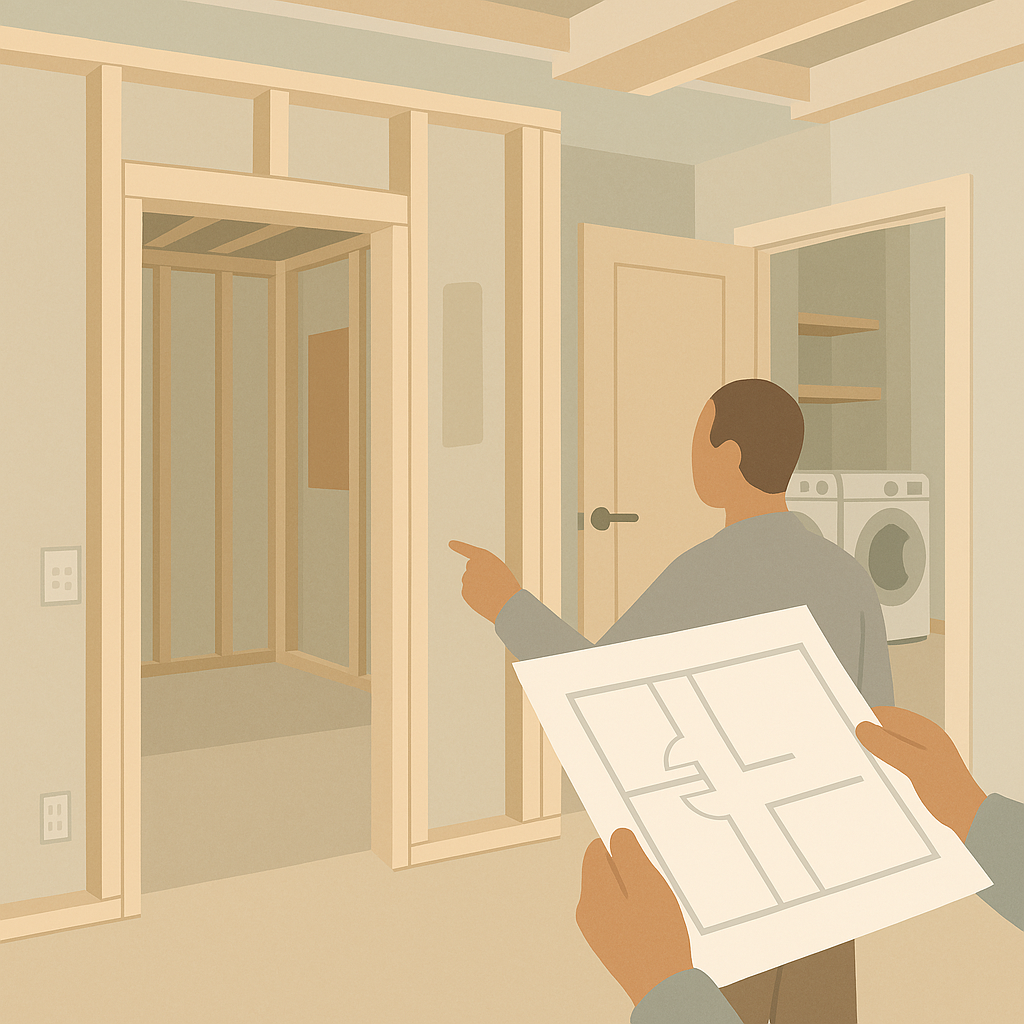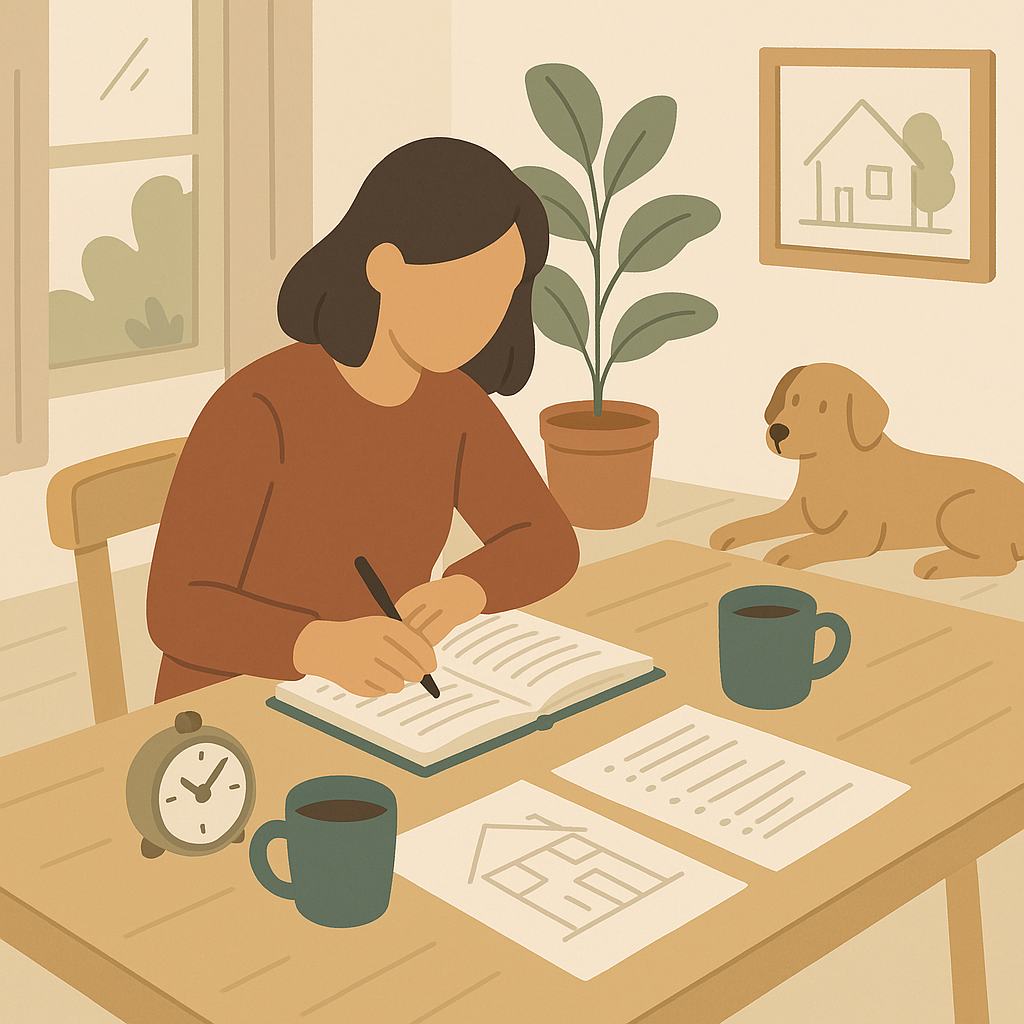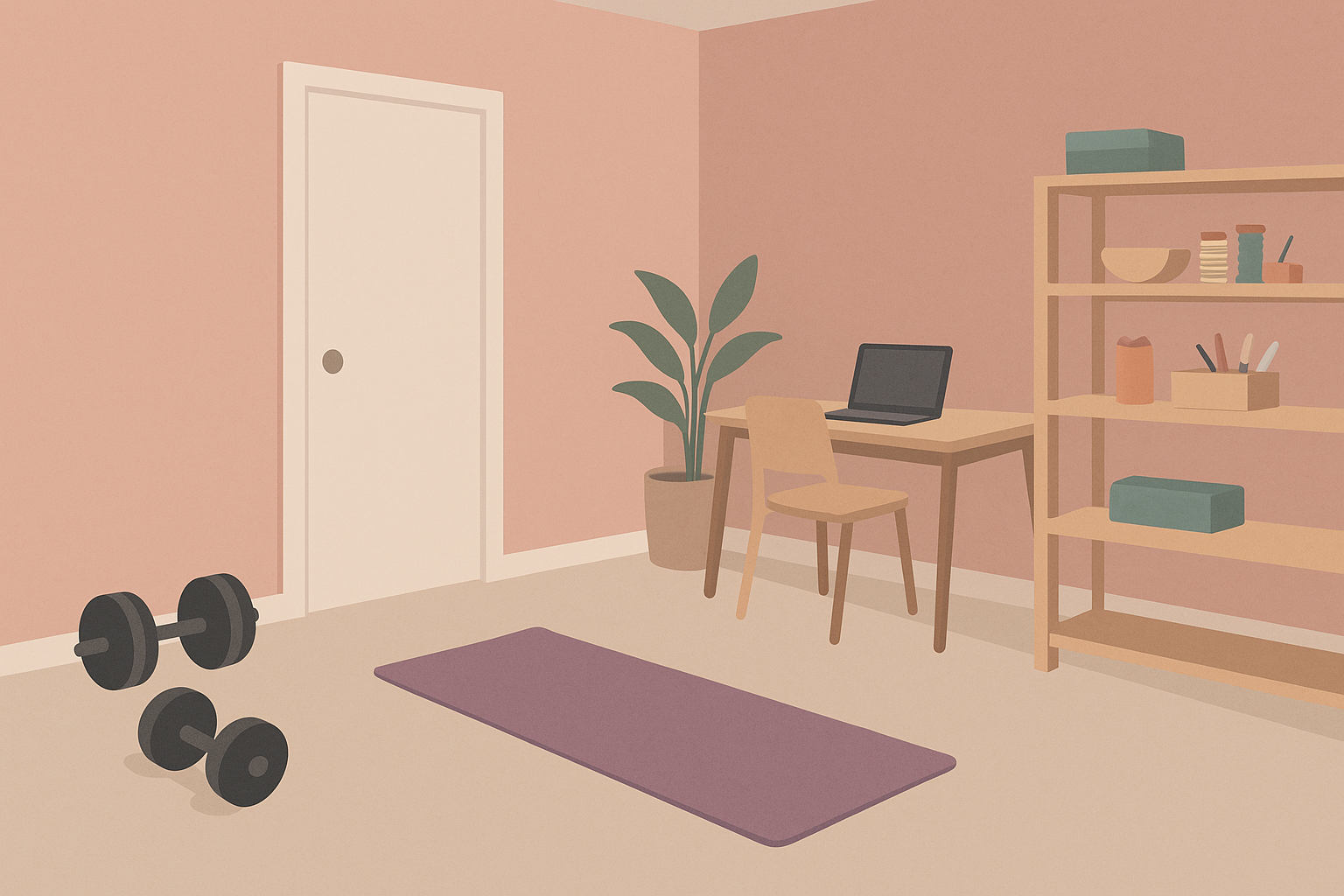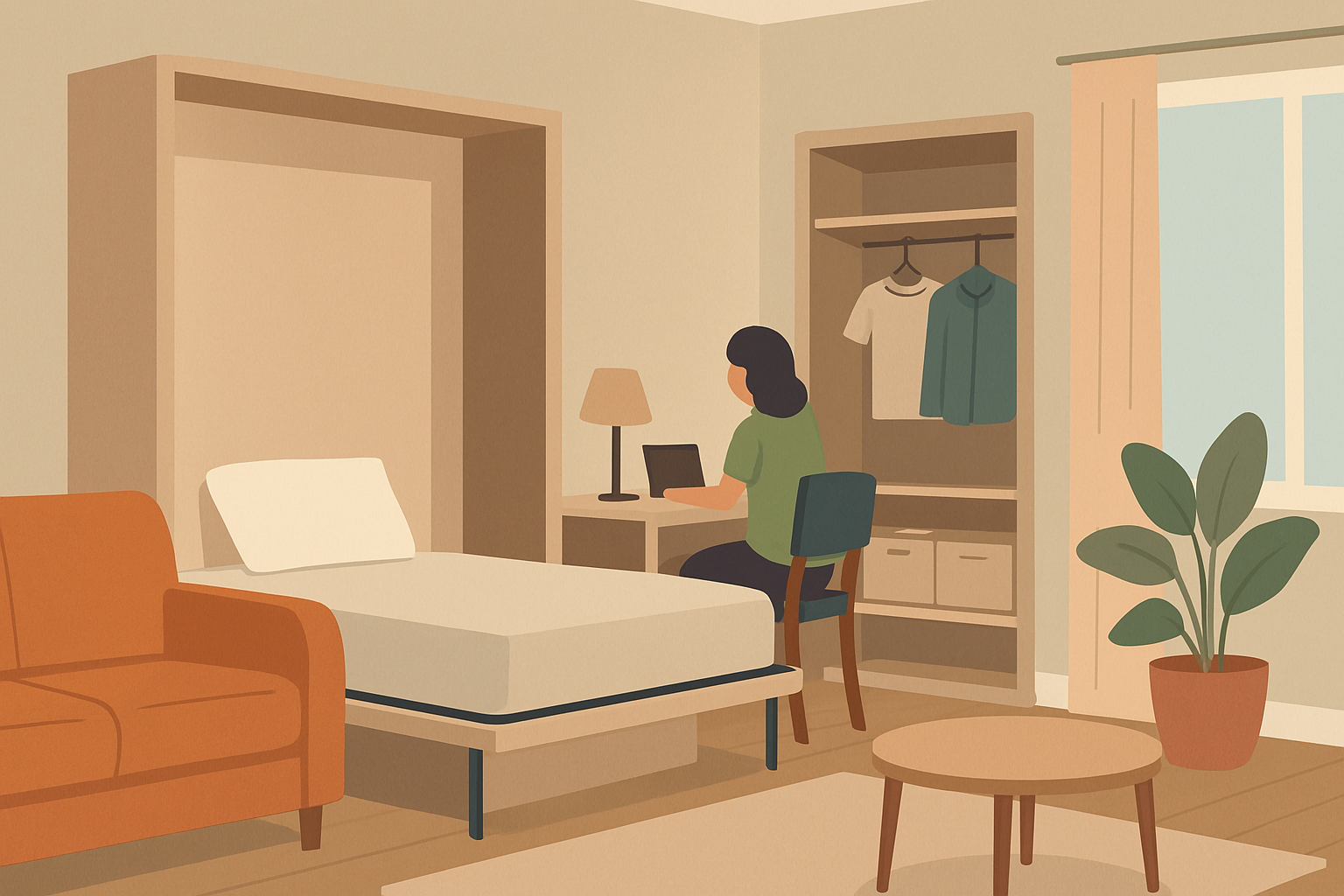
Build It Right the First Time (So You Don't Regret It Later)
Avoid common home design regrets. Learn how to plan smarter before you build so the details don't cost you more later

Before you pick a floor planA scaled diagram showing the arrangement of rooms, spaces, and other features of a building as viewed from above, pick a direction.
Most people design a home based on square footage, finishes, or Pinterest boards. That works right up until life changes, and the home no longer fits.
Designing smart starts by asking better questions. And those questions don’t come from a builder’s checklist. They come from you.
This guide walks you through how to step back from the floor plan and design around your life, both now and in the years to come. Then I’ll give you a simple, 30-minute exercise to help you clarify what matters most.
When my wife and I built our custom homeA home designed and built specifically for an individual client, rather than a pre-designed model home, it was tempting to dive straight into sketches and upgrades. But we hit pause and asked:
“What do we actually need from our home now and years from now?”
That one shift changed everything.
We stopped asking, “Where should the pantry go?” and started asking, “How do we want weekday mornings to feel?”
We realized:
Vision gave us freedom to flex. It also kept us from overbuildingCreating more space or features than you actually need or will use, which increases costs and maintenance without adding value for a lifestyle that might not last.
As a coach, I’ve seen many families benefit from this approach. By starting with vision, you can create a home that truly supports your life.
Before you get too deep in plans, take 10 quiet minutes with these questions:
You don’t need to know every answer. But these questions open up better design options before the layout locks you in.
No deep retreat required. Just you, a notebook, and a timer.
This helps define your must-havesEssential features or elements that are non-negotiable in your home design and what needs fixing.
Picture a regular weekday. Then a weekend.
Now jot down features that support or disrupt that flow.
This step isn’t about predicting, it’s about preparing.
Look at your notes. What repeats?
Now write down:
Example:
“We’re building a home that keeps us connected, supports our work, and grows with us through family and life changes.”
Or:
“Our home should feel simple, adaptable, and peaceful, with space to host, work, and relax without extra clutter.”
That sentence becomes your design compassA guiding principle that helps you make consistent decisions throughout the home design and building process. If a choice doesn’t align with it, you pause.
Your home is more than rooms and finishes. It’s the backdrop to your routines, your people, and your future. Design it to hold those things well.
If you need help getting clarity or translating your vision into real-world plans, book a coaching call or join the HouseChalk Community. I help smart families build homes that work now and way down the line.
Because good design doesn’t just look ahead, it starts there.

Avoid common home design regrets. Learn how to plan smarter before you build so the details don't cost you more later

A real-world example of flexible home design. See how one room handled five different uses without a remodel, and what made it work

Learn how to design a home you'll never outgrow. These smart, flexible design tips help your home adapt to whatever life throws your way